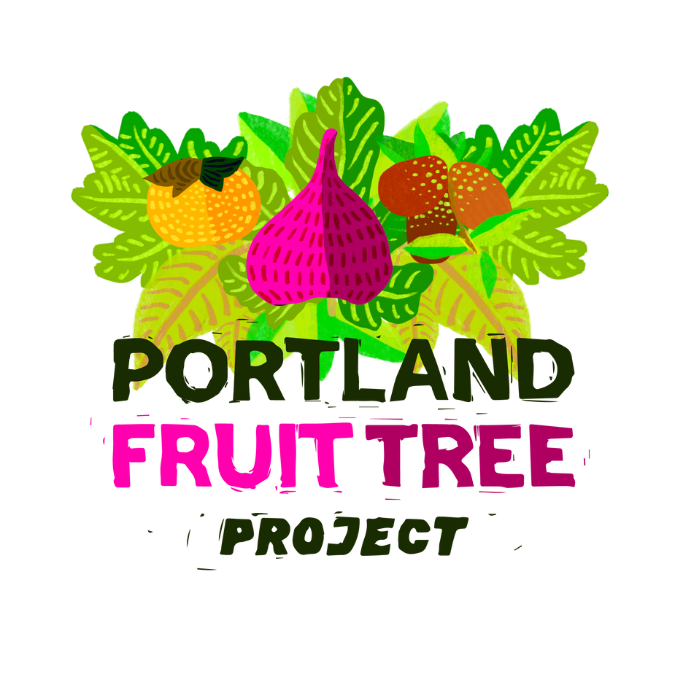Let's Talk Tree Care: The Basics
Fruit tree care can seem challenging, complex, and downright overwhelming. From watering to pest management to pruning and harvest there is a lot to know; this blog post serves as a general overview of the four major tree care areas: watering, pruning, thinning, and pest/disease prevention, as well as a hub for resources on species specific management.
Watering
The importance of watering varies depending on the age of the tree. For trees under 5 years old summer watering is very important; here in Portland 10 gallons per week, from June to September, is a good general rule. Watering becomes less important in older, better established trees, but may still be recommended. If it has been hot and dry for over a week, or if the tree is located somewhere with limited water infiltration, like a parking strip.
Pruning
Pruning is an integral part of tree care, and is typically done both in the winter and summer. Generally large “renovation” cuts ought to be done in the winter when the above ground portion of the tree is dormant, with the notable exception of stone fruit trees. January and February are when you can expect the most beneficial response from your pruning cuts. Small detail cuts can be done in the summer, and the beneficial response will be maximized between June 21st & mid-August.
Pruning is most easily learned via hands on demonstration, and incorrect pruning can cause damage to your tree! For these reasons we highly recommend attending one of our pruning workshops, or scheduling a consultation through our tree service program.
Thinning
Thinning is distinct from pruning in that it refers to the removal of surplus fruit, not the removal of branches. It is also done while the tree is active, not during dormancy. There is much variability from species to species, but the general benefits of thinning are:
Larger, sweeter fruit! Thinning concentrates the tree’s energy on producing a smaller number of high quality fruit, rather than a large number of small, lower quality fruit.
Increased air flow between the fruit, reducing susceptibility to disease and limiting pests ability to infest multiple fruit.
Reduced load of fruit on each branch, decreasing the chance of broken limbs from fruit weight.
Pest Prevention
Tree health is the first line of defense when it comes to pest prevention because healthy trees are less susceptible to disease and pest infestation; but there are seasonal steps you can take to minimize these threats, too. In the spring you should be focused on soil health and existing pest/disease factors, and in the fall it is beneficial to assess the pest/disease situation of your tree so you can set yourself up for success in the coming year. Specific springtime treatment and prevention can consist of:
Removing grasses and other weeds in a 2-3 foot radius around the base of the trunk, so that they will not compete with your tree for water and nutrients.
Applying organic mulch within that 2-3 foot radius, up to 10 inches thick.
Setting traps to reduce the effects of pests
Utilizing organic sprays in the case of severe pest or disease issues
Fall pest prevention consists of clearing away fallen fruit, and pest/disease identification. Clearing fallen fruit is very important for destroying (or disrupting) the lifecycle of many pests and diseases, and if these fruits show signs of pests or disease, fall is a great time to address it!
Tree care can be a fair amount of work, and it requires some know-how to maximize the benefits. If you aren’t interested in doing it yourself, or just unsure where to start, consider booking a consultation! Our experienced orchardist will provide you with important resources as well as create a bespoke tree care plan to meet your and your trees needs. Whether you want to do the work yourself or outsource to us, a consultation is a great first step!
